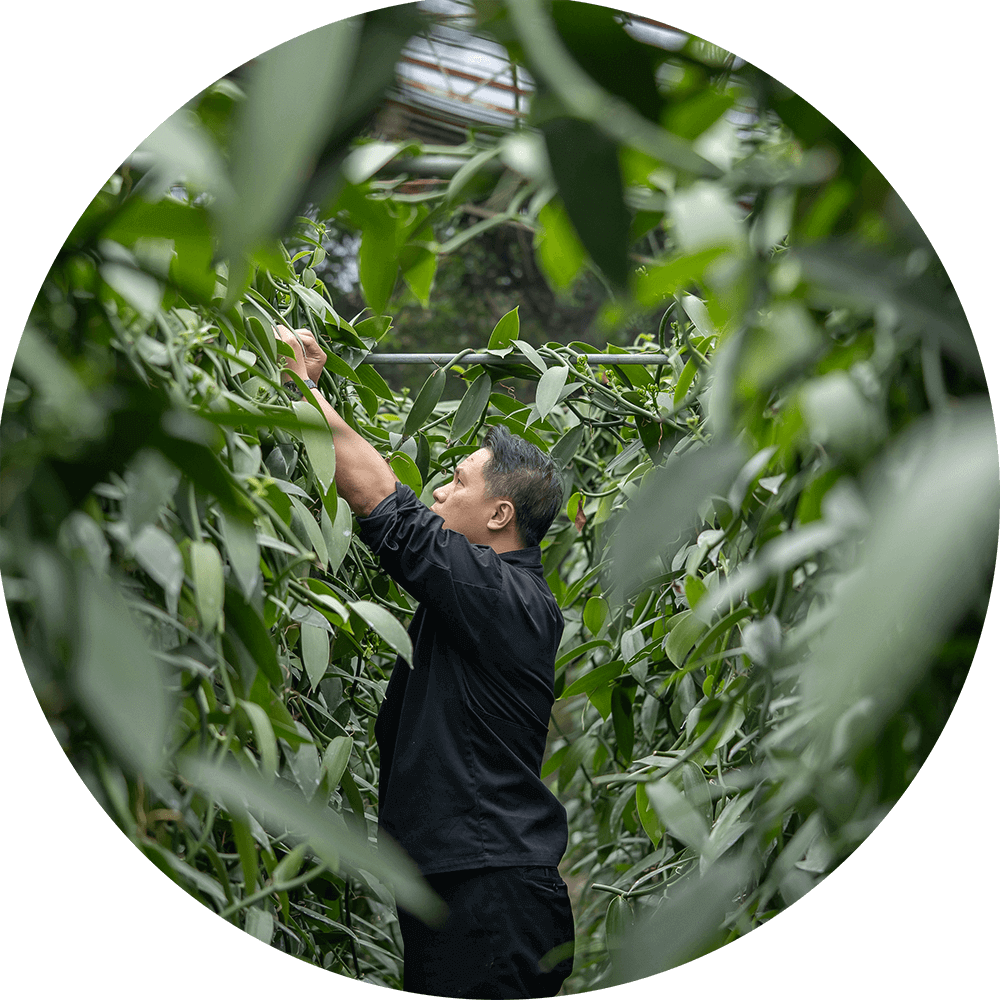Why do vanilla beans mold?
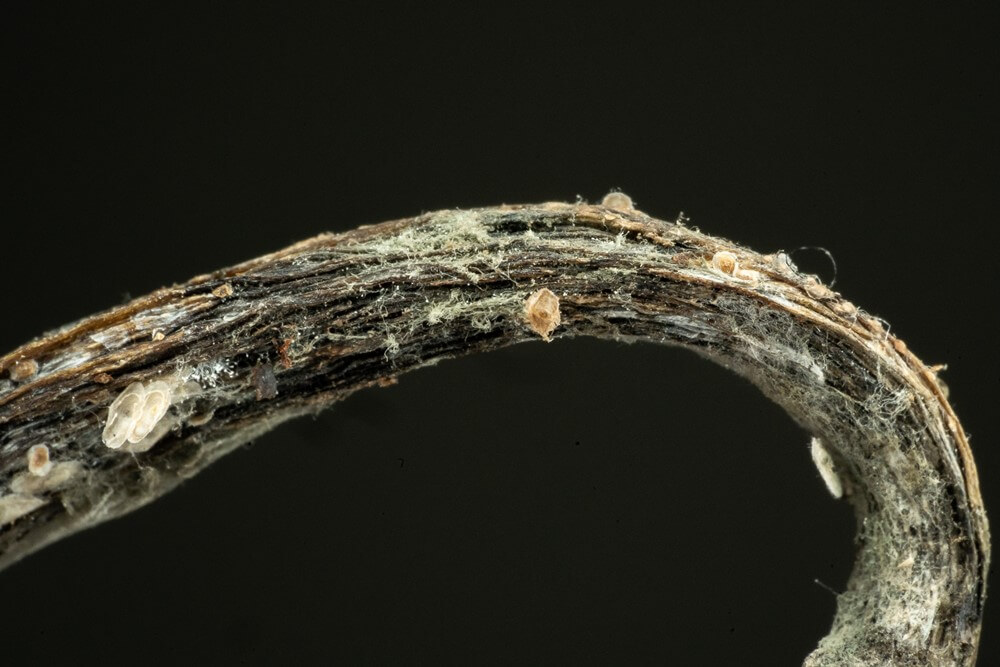
Vanilla beans are usually stored under vacuum in a cool place, yet some people still face issues. Why do vacuum-sealed vanilla beans develop mold?
Vanilla beans will grow mold as soon as they become moist. They can absorb moisture in many ways—such as from sweat on your hands, handling them with wet hands before sealing, or leaving them exposed to humid air for too long. It is also possible that the beans were not properly dried during their fermentation process, all of which can lead to mold problems later on.
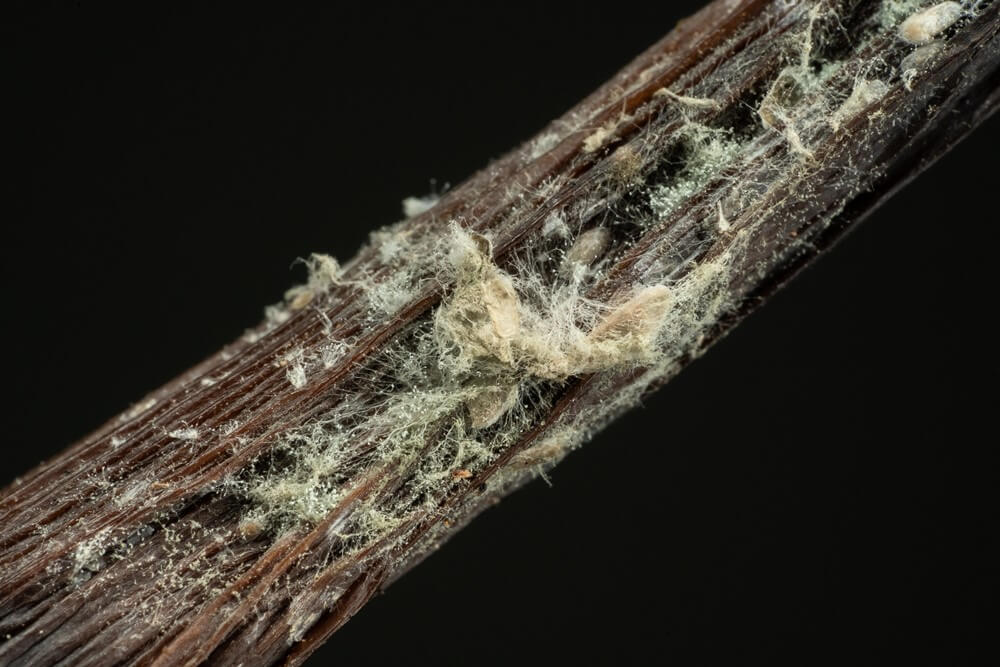
Another situation is when you store vanilla beans in the refrigerator without vacuum sealing—they can still develop mold because the refrigerator has a higher humidity level. If you must store them cold, freezing is better than refrigerating. Although the ideal storage for vanilla beans is at room temperature, many large food companies abroad, in order to cut costs when buying in bulk, choose to store vanilla beans by freezing them.
How to Determine if Vanilla Beans Have Molded
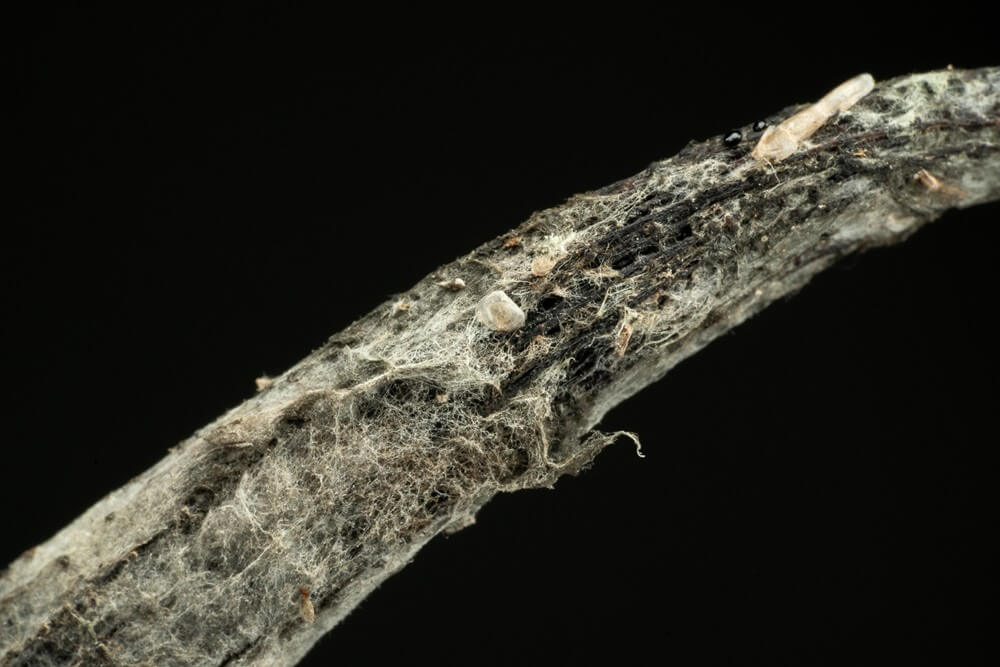
Moldy vanilla beans will clearly exhibit mycelium or a fuzzy substance, typically in black, gray, or slightly green hues, and they will have an odd odor. However, if you see a white crystalline substance on the vanilla beans, it is not mold—it is vanillin crystallization!
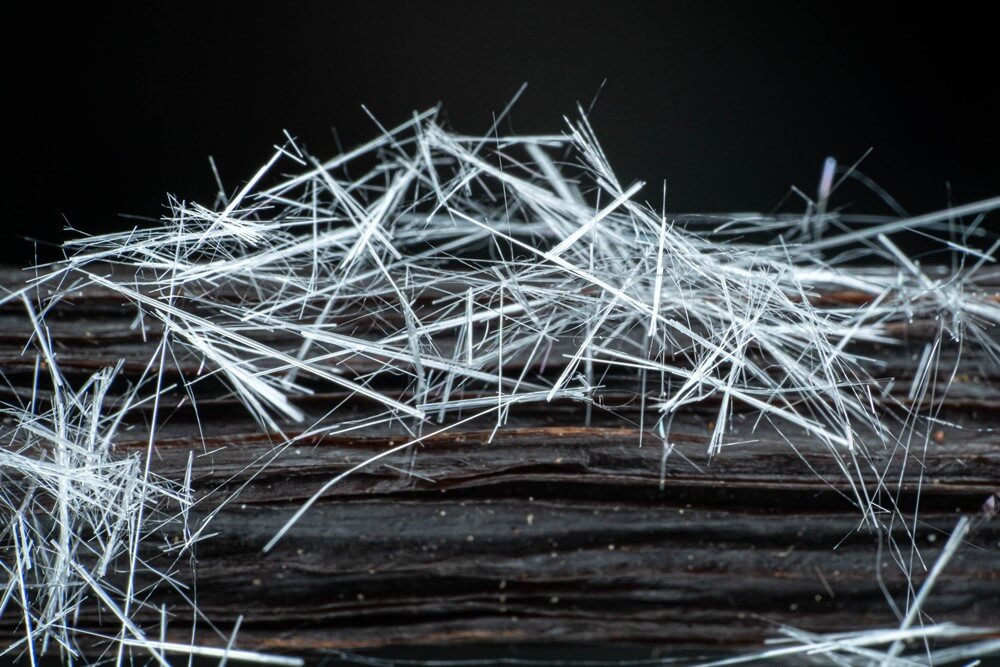
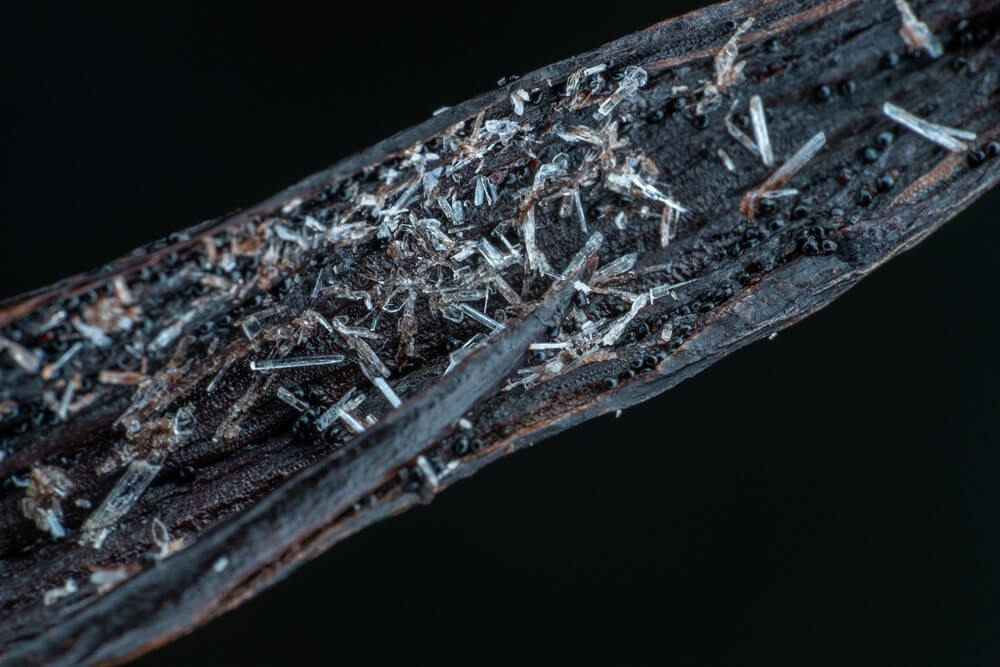
These two images show vanillin crystallization, which appears as white, needle-like or flaky crystals, very different from mold.
For more information on vanillin crystallization, you can read this article:"What Is Vanillin Crystallization? Does a White Coating on Vanilla Beans Mean They Are Moldy?"
Are Moldy Vanilla Beans Still Usable?
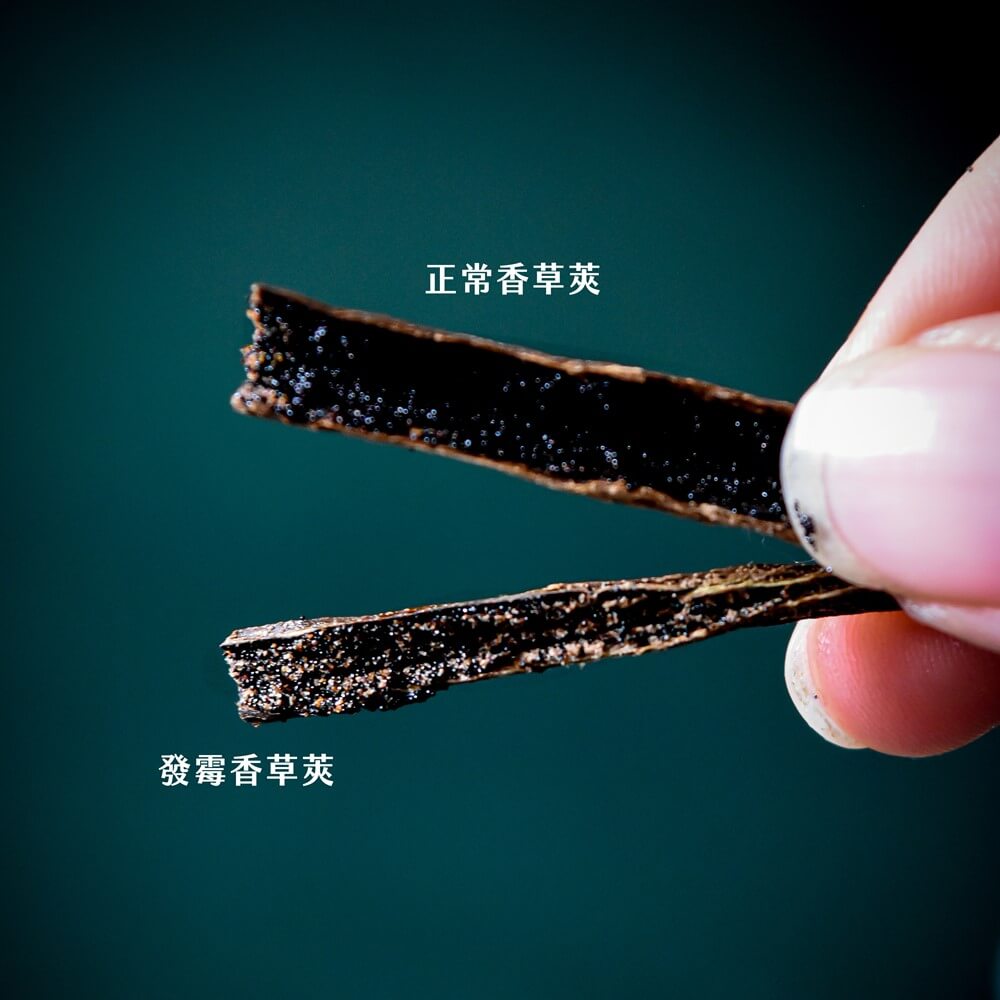
When mold develops on vanilla beans, the mycelium penetrates the seeds. If you split open the bean, you will find that even the inside is full of mold. Mold on vanilla beans is an irreversible condition; at best, you can compost them, but they should not be used further!
Additionally, note that during the initial stage of moisture exposure, vanilla beans may not show obvious signs of change. If you then use these beans to infuse vanilla liqueur, the entire bottle may become moldy! Therefore, it is crucial to keep both your hands and the storage containers dry.
How Can You Prevent Vanilla Beans from Molding?
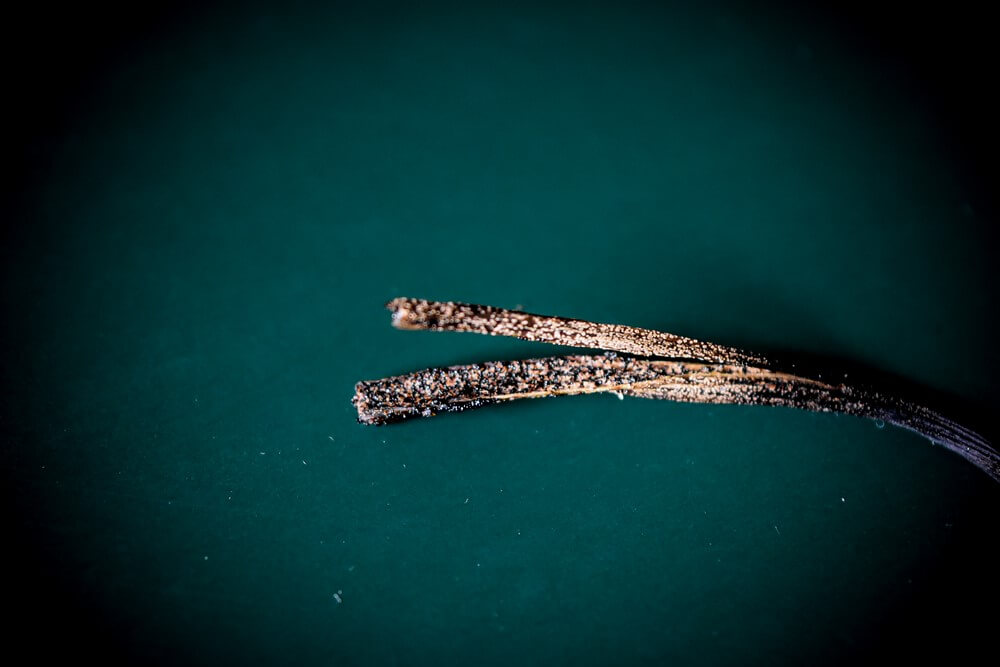
When handling vanilla beans, keep your hands as dry as possible. Place the beans in a vacuum-sealed bag to remove the air. Vacuum-sealed vanilla beans can be stored in a cool, dry place; however, in Taiwan’s humid and muggy climate, if you have a dehumidifier box at home, you can store them there, or regularly run a dehumidifier in the storage area to lower the ambient humidity!
Of course, the best way to prevent mold is to use them as soon as possible!

